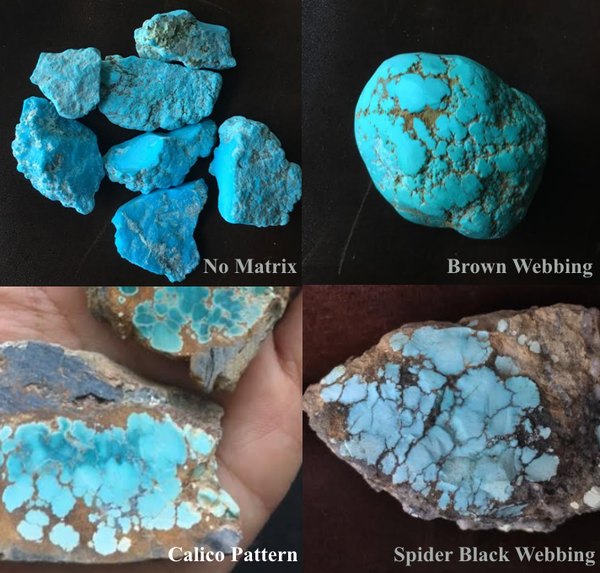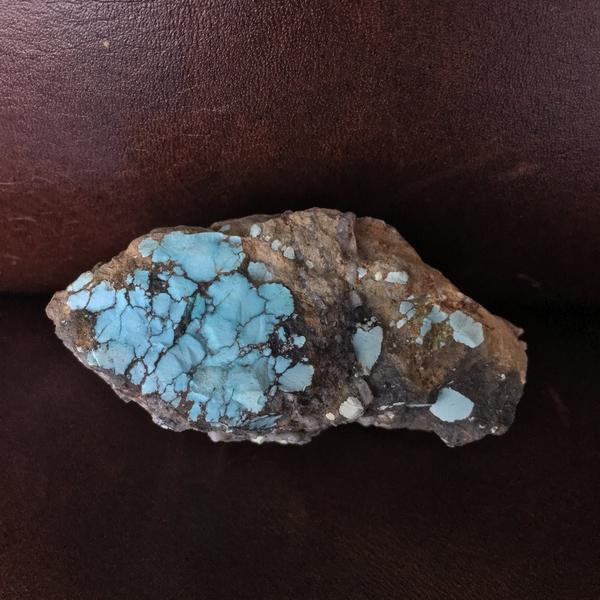Turquoise Blog — turquoise value
Why Turquoise Might be a Better Investment than Diamond
Posted by Toqos Gallery on
The color of turquoise ranges from blue to green to yellow. Its luster waxy. Its surface ridden with an intricate matrix. This beautiful gem isn’t just a precious rock, it tells a story. It tells of history, tradition, culture. Turquoise is a sacred stone of the Navajo people and has also occupied a position of prestige in other places around the world. This magnificent gem has graced the palace halls and mausoleums of great kings and pharaohs. You might have heard of it. Perhaps you even own one. Have you ever thought, however, that this gem might have more to...
How to Find Quality Turquoise Based on Color and Matrix
Posted by Toqos Gallery on
Whether you’re a collector or looking to buy your first piece of turquoise jewelry, knowing how to assess the value of it will give you confidence in your decision. In this blog, we will look at two major factors -- color and matrix -- that we use ourselves to determine the value of turquoise. Color Turquoise naturally occurs in colors ranging from dark blue to yellow-green. Blue hues of turquoise are caused by the presence of aluminum and copper and are commonly found in Arizona; green hues are caused by traces of zinc and iron and normally found in Nevada....
Introduction to Turquoise
Posted by Toqos Gallery on
Blue Moon Spider Web Natural Turquoise (mined in Nevada) Turquoise is a hydrous aluminum phosphate with a cupric base. So here’s what that means to those of us not pursuing a masters in Earth Science. Turquoise is found in rather arid parts of the world. Water, usually as runoff, comes down mountainsides and settles in the rocks below. The water evaporates, leaving its trace elements behind. If the proper amounts of copper salts and aluminum are present in the rocks, they can come together with the water elements to form turquoise. Turquoise gets its color from the heavy metals...


